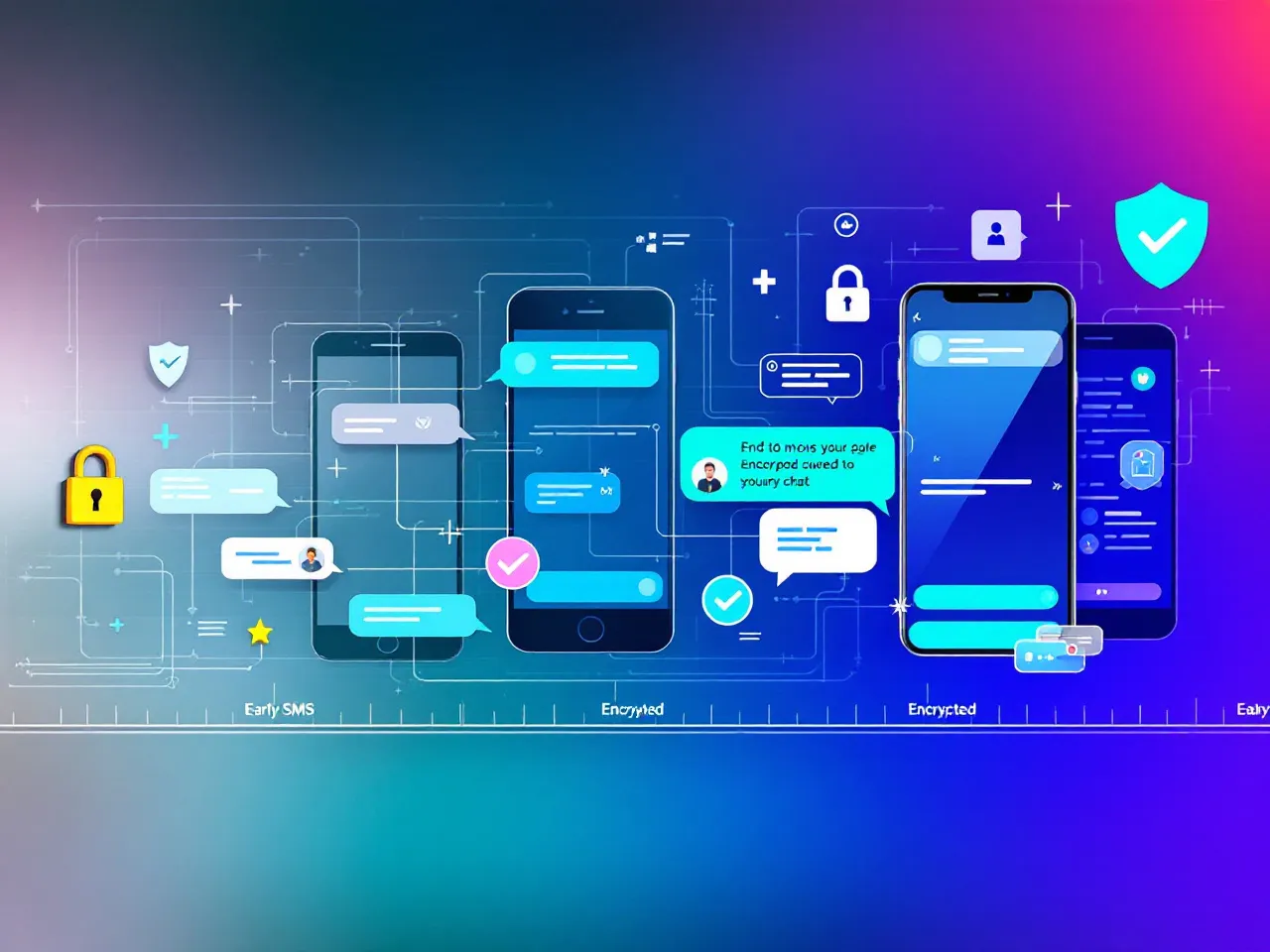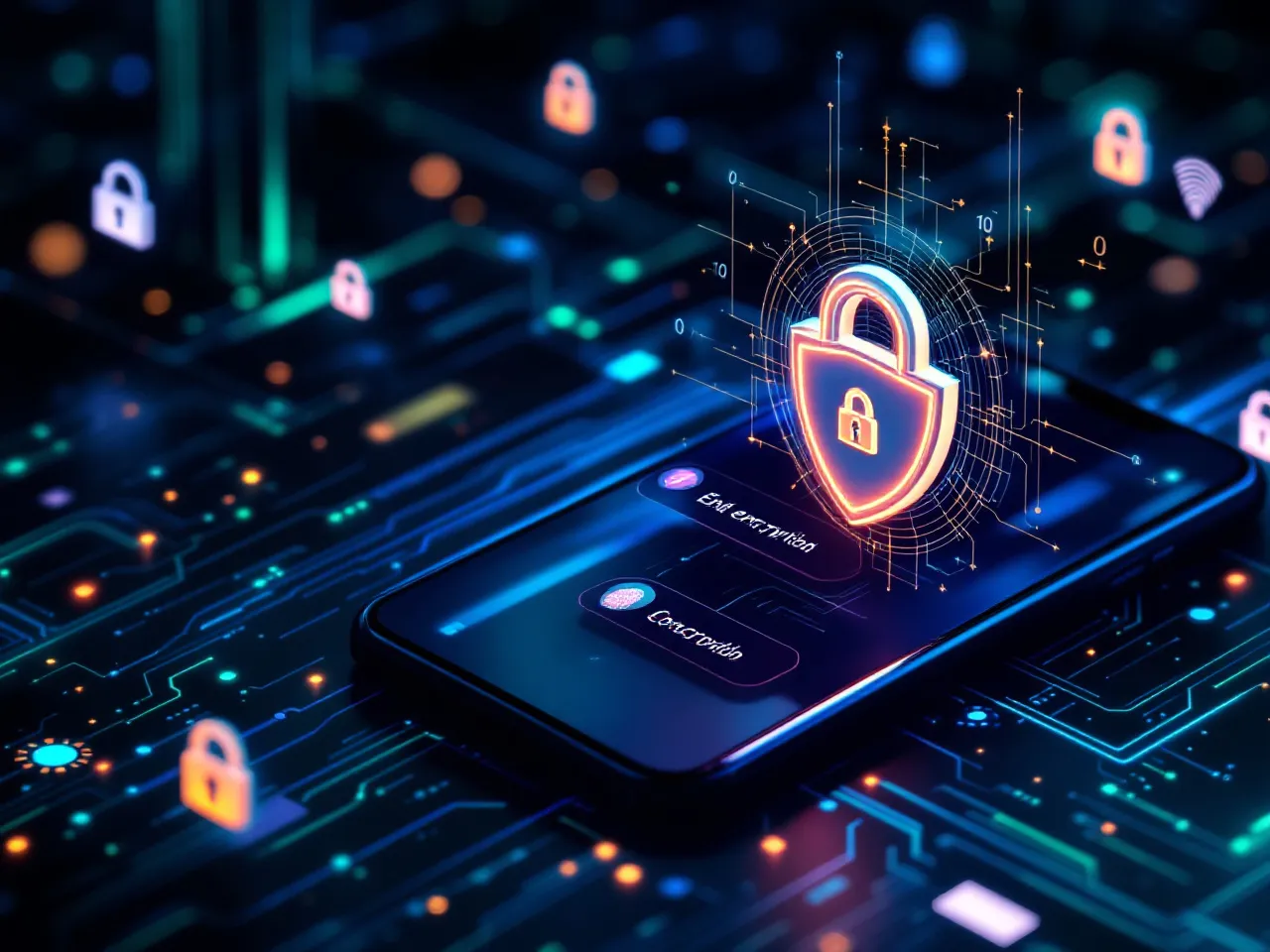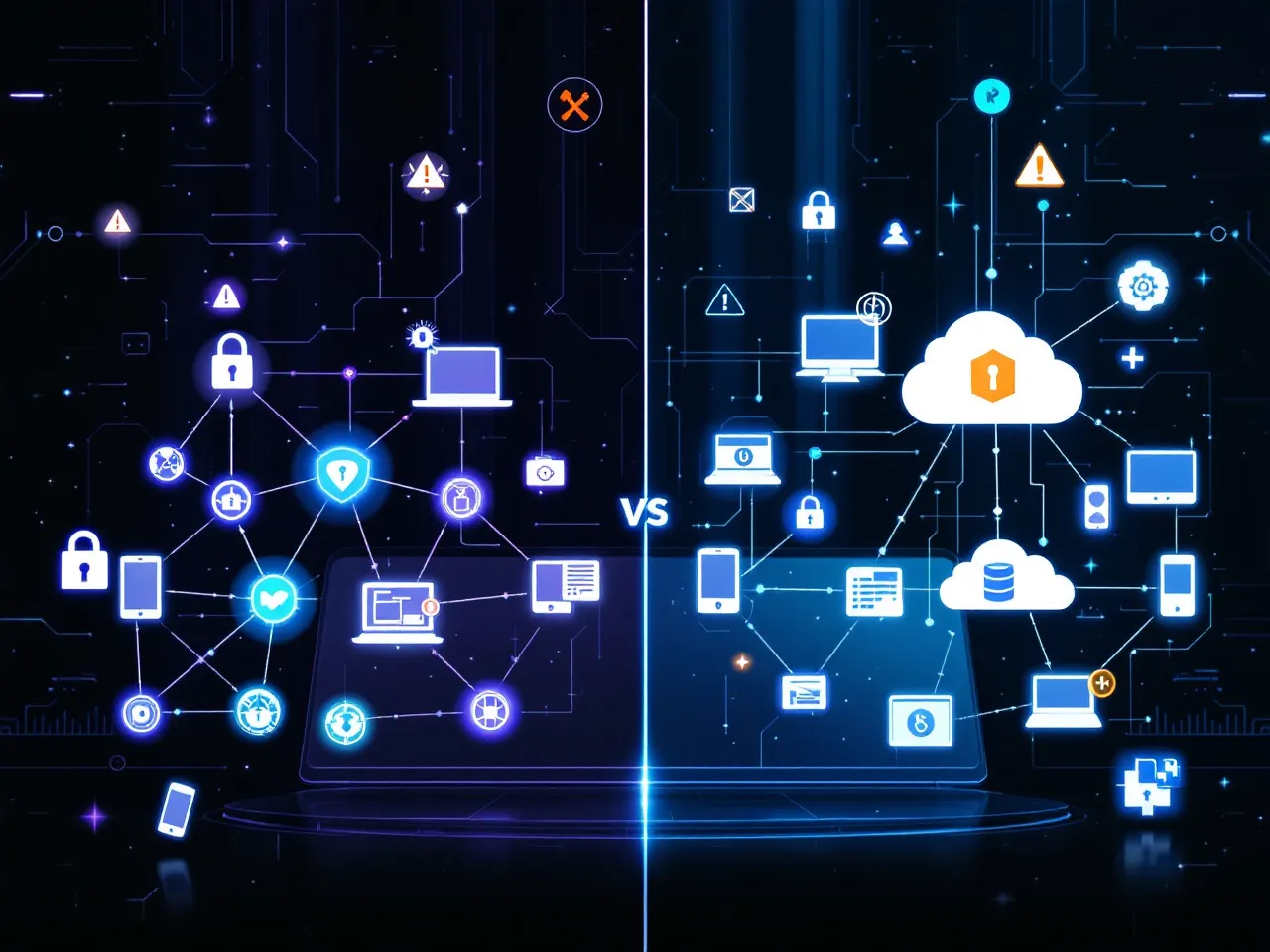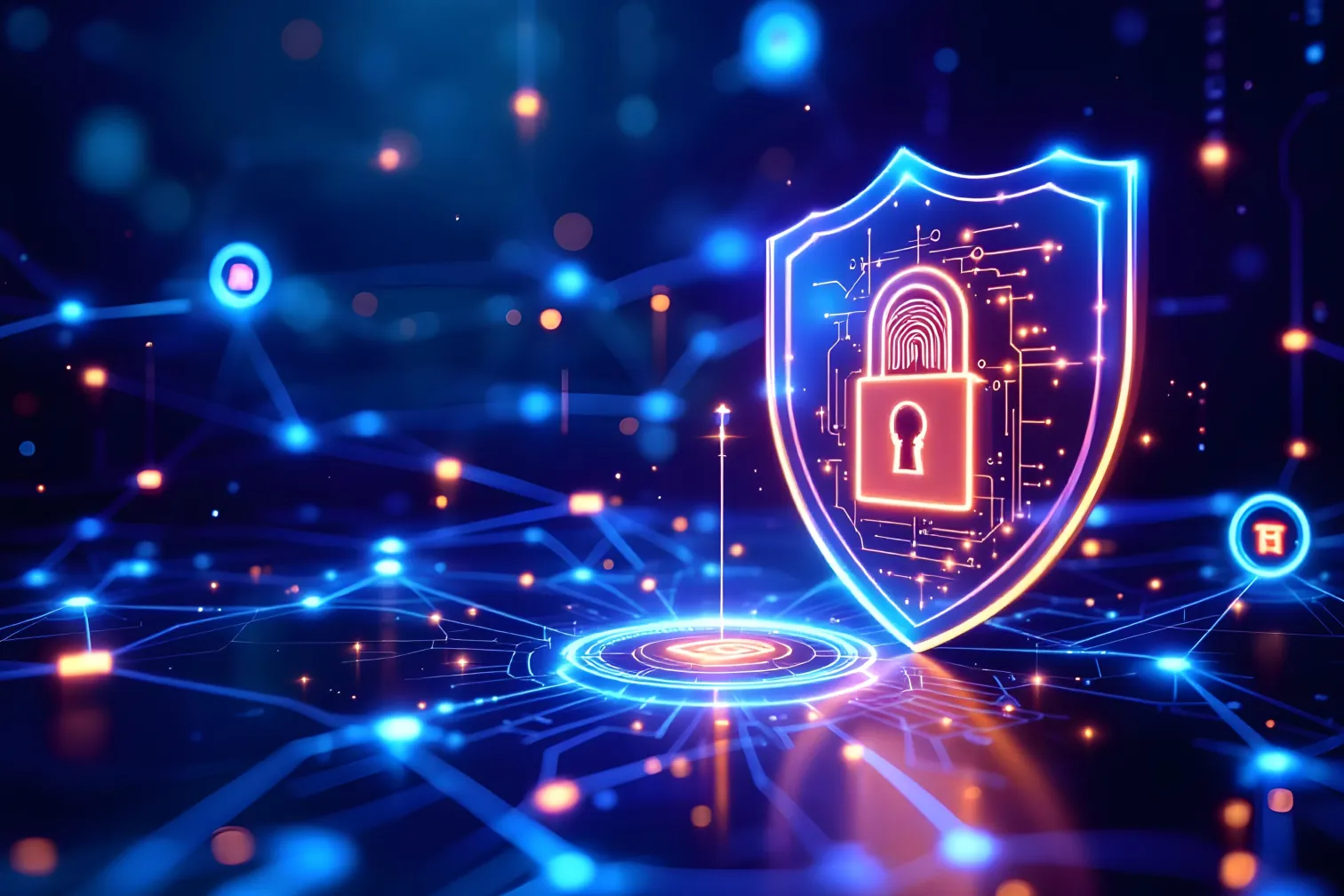Tracing the Evolution of Secure Messaging
POSTED
2 weeks ago
AUTHOR
Mayur Shinde
DATE
April, 04 2025

In an era where digital communication is as ubiquitous as breathing, the importance of secure messaging cannot be overstated. From confidential business discussions to personal conversations, the demand for privacy and security has driven a fascinating evolution in how we communicate online. But what exactly does "secure messaging" entail, and how has it transformed over the years? Let's delve into the intricate world of digital communication security, exploring its past, present, and future.
The Early Days: A Lack of Security
Early forms of digital communication, such as email and instant messaging platforms, were often built with convenience as the primary focus, rather than security. These systems were vulnerable to interception, eavesdropping, and data breaches. Unencrypted communication meant that sensitive information could be easily accessed by malicious actors. The concept of "secure messaging" was nascent, and most users were unaware of the risks involved.
The internet, in its infancy, lacked the sophisticated encryption and authentication mechanisms we rely on today. This created a fertile ground for hackers and cybercriminals to exploit vulnerabilities, leading to a growing awareness of the need for enhanced security measures.
The Rise of Encryption: A Turning Point
The development and widespread adoption of encryption technologies marked a significant turning point in the evolution of secure messaging. Encryption, fundamentally, transforms readable data into an unreadable format, accessible only with a decryption key. This breakthrough technology became the cornerstone of secure communication.
- End-to-End Encryption (E2EE): This method ensures that only the sender and recipient can read the messages. Not even the service provider can access the content. E2EE has become the gold standard for secure messaging, offering unparalleled privacy.
- Transport Layer Security (TLS): While not providing E2EE, TLS encrypts data in transit between the user's device and the server, protecting it from interception during transmission.
- Pretty Good Privacy (PGP): One of the earliest encryption protocols, PGP, allowed users to encrypt and sign emails, ensuring confidentiality and authenticity.
These advancements significantly bolstered the security of digital communication, laying the foundation for the secure messaging platforms we use today.
Modern Secure Messaging: Features and Functionality
Today's secure messaging apps offer a plethora of features designed to protect user privacy and data. These features go beyond basic encryption and include:
- Disappearing Messages: This feature allows users to set messages to self-destruct after a specified period, minimizing the risk of sensitive information being stored indefinitely.
- Two-Factor Authentication (2FA): Adding an extra layer of security, 2FA requires users to provide a second form of verification, such as a code sent to their mobile device, before accessing their account.
- Open-Source Protocols: Many secure messaging apps utilize open-source protocols, allowing for public scrutiny and verification of their security measures. This transparency builds trust and ensures that vulnerabilities are quickly identified and addressed.
- Metadata Minimization: Secure messaging platforms are increasingly focusing on minimizing the metadata collected, such as timestamps and IP addresses, to further enhance user privacy.
- Signal Protocol: This is a cryptographic protocol designed to provide end-to-end encryption for voice calls, video calls, and instant messaging conversations. It is used by many secure messaging apps, and has become a very trusted standard.
The modern landscape of secure messaging is characterized by a commitment to user privacy, with a focus on robust encryption, advanced security features, and transparent practices.
The Importance of Secure Messaging in Various Sectors
The need for secure messaging extends across various sectors, each with its unique requirements and challenges:
- Business: Secure communication is essential for protecting sensitive business information, such as financial data, trade secrets, and client information. Data breaches can lead to significant financial losses and reputational damage.
- Healthcare: Patient confidentiality is paramount in the healthcare industry. Secure messaging platforms are crucial for protecting sensitive medical records and ensuring compliance with regulations like HIPAA.
- Journalism: Journalists often deal with confidential sources and sensitive information. Secure messaging tools are vital for protecting their sources and ensuring the safety of their communication.
- Government: Governments rely on secure communication for national security, intelligence sharing, and diplomatic communications. Any breach can have severe consequences.
- Personal Use: In an age of increasing surveillance and data collection, individuals are also concerned about protecting their privacy. Secure messaging apps provide a means of secure communication for everyday conversations.
Challenges and Future Trends
Despite the advancements in secure messaging, challenges remain. The ongoing battle between security and convenience, the emergence of new threats, and the need for interoperability are some of the key issues that need to be addressed.
- Quantum Computing: The development of quantum computers poses a significant threat to current encryption methods. Quantum computers have the potential to break existing encryption algorithms, necessitating the development of quantum-resistant cryptography.
- AI and Machine Learning: While AI can be used to enhance security, it can also be used by malicious actors to develop sophisticated attacks. The arms race between security and attack technologies is likely to intensify.
- Interoperability: The lack of interoperability between different secure messaging platforms can create silos and hinder communication. Efforts to standardize secure messaging protocols are crucial.
- Usability: Balancing security with usability remains a challenge. Secure messaging apps need to be user-friendly without compromising security.
Looking ahead, the evolution of secure messaging will continue to be driven by the need for enhanced privacy, security, and convenience. The development of post-quantum cryptography, the integration of AI-powered security features, and the pursuit of interoperability will shape the future of secure communication.
Conclusion
The evolution of secure messaging reflects a growing awareness of the importance of digital privacy and security. From the early days of unencrypted communication to the sophisticated encryption and security features available today, the landscape of secure messaging has undergone a remarkable transformation.
By understanding the principles of secure messaging and utilizing robust platforms, individuals and organizations can take control of their digital privacy and protect their sensitive information. As technology continues to evolve, the need for secure communication will only become more critical. It is up to us to stay informed, adopt best practices, and demand secure solutions to safeguard our digital lives.
Tags: Secure messaging,m Encrypted communication, End-to-end encryption (E2EE), Digital privacy, Online security,Secure messaging apps
Recent Posts

Powerful PDF Tools Online: Boost Your Workflow with SuperFile.ai
1 week ago

SuperFile.ai: Your Free Financial Calculator Toolkit
1 week ago

The Role of End-to-End Encryption in Modern Communication
3 weeks ago

Peer-to-Peer File Sharing vs. Cloud Storage: Which Is More Secure?
1 month ago

How Peer-to-Peer Communication Redefines Online Privacy
1 month ago

Calculate Recurring Deposit Returns Easily with a Free Online RD Calculator
2 months ago
